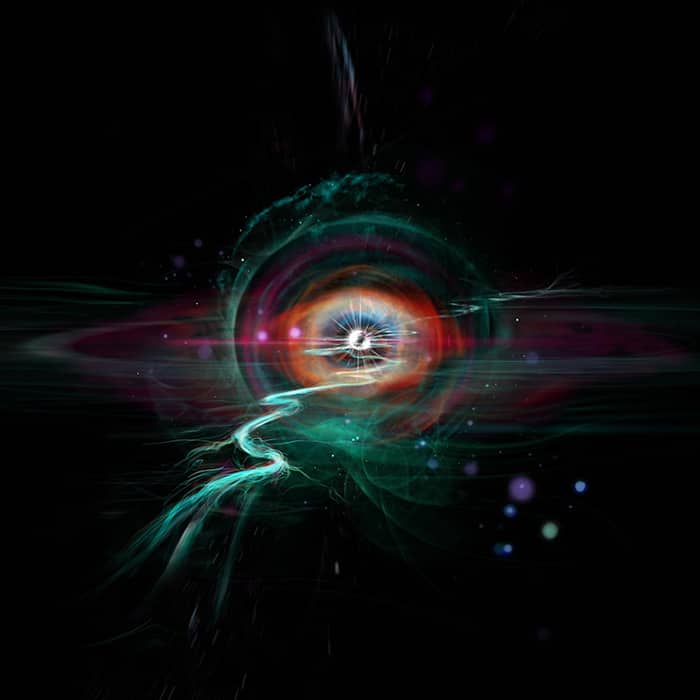Flash Physics is our daily pick of the latest need-to-know developments from the global physics community selected by Physics World‘s team of editors and reporters
Cosmologist Sandra Faber wins $500,000 Gruber Prize

Sandra Faber has won the 2017 Gruber Foundation Cosmology Prize for her significant contributions to the modern understanding of galaxies and dark matter. Worth $500,000, the prestigious prize was established in 2000 and honours scientists whose discoveries have led to fundamental advancements in cosmology. Faber holds emeritus positions at the University of California, Santa Cruz and the University of California Observatories, and has made many groundbreaking discoveries over the course of her four-decade career. For example, in 1979 she presented a comprehensive review for the evidence of dark matter that is now considered the turning point of the field. Her later theory of how cold dark matter could explain the structure and behaviour of galaxies now underpins modern understanding of galaxy formation. Faber also discovered that every large galaxy has a supermassive black hole at its centre and played a major role in the development of the 10 m Keck telescope in Hawaii and the Wide-Field Camera for the Hubble Space Telescope. The Gruber Foundation will present Faber with the prize money and a gold laureate medal during a ceremony in the autumn. She joins an elite group of winners including the Laser Interferometer Gravitational Wave (LIGO) scientists who made the first detection of gravitational waves and 2006 Nobel Prize winner John Mather for confirming the universe began with a hot Big Bang. Faber is only the third woman to be a named recipient of the award out of 33 winners in total (not including research groups) and was chosen by a male-only advisory board.
Magnetic-monopole transformation seen in ultracold gas

The transformation of a quantum monopole into a Dirac monopole has been observed for the first time by physicists at Amherst College in the US and Aalto University in Finland. Magnetic monopoles – entities that possess only a north or a south magnetic pole – were predicted 80 years ago by Paul Dirac. While isolated monopoles have never been seen, physicists have been able to create several different collective excitations in condensed-matter systems that resemble monopoles. Now, a team led by David Hall and Mikko Möttönen has used a Bose–Einstein condensate (BEC) of ultracold rubidium atoms to first create an excitation called a quantum monopole, which takes the form of a topological point defect. The quantum monopole exists in a non-magnetized state of the BEC, but then the team applies a magnetic field to the BEC, causing it to become magnetized. This causes the destruction of the quantum monopole, which is then reborn as a Dirac monopole – an excitation that more closely resembles Dirac’s original particle. “I was jumping in the air when I saw for the first time that we get a Dirac monopole from the decay,” says Möttönen. “This discovery nicely ties together the monopoles we have been producing over the years.” The research is described in Physical Review X.
Polarized gamma rays could shed light on vacuum scattering
A new way of observing how photons scatter from virtual particles has been proposed by James Koga and Takehito Hayakawa at the National Institutes for Quantum and Radiological Science and Technology in Japan. The pair looked at an effect called Delbrück scattering, whereby photons interact with virtual electron–positron pairs in the presence of the electric field of an atomic nucleus. The effect was first observed in the 1970s, but has proven very difficult to study in isolation because it occurs alongside three other scattering processes that contribute to the elastic scattering of photons from nuclei. Now, Koga and Hayakawa have done calculations that suggest that for certain scattering angles the Delbrück scattering of polarized gamma rays will be 100 times stronger than the three other processes. A potential experiment would involve firing a beam of gamma rays with energy of about 1.1 MeV at a tin target – and Koga and Hayakawa say that this could be done at the Extreme Light Infrastructure – Nuclear Physics (ELI-NP) facility that is being built in Romania. Writing in Physical Review Letters, the pair say that an experiment running at ELI-NP for 76 days could characterize Delbrück scattering to within 1% accuracy. This would provide a new test of quantum electrodynamics and might even reveal new physics beyond the Standard Model. ELI-NP will be fully operational in 2019 and Physics World visited recently to find out how construction is progressing: see “Visiting the most powerful laser in the world“.



